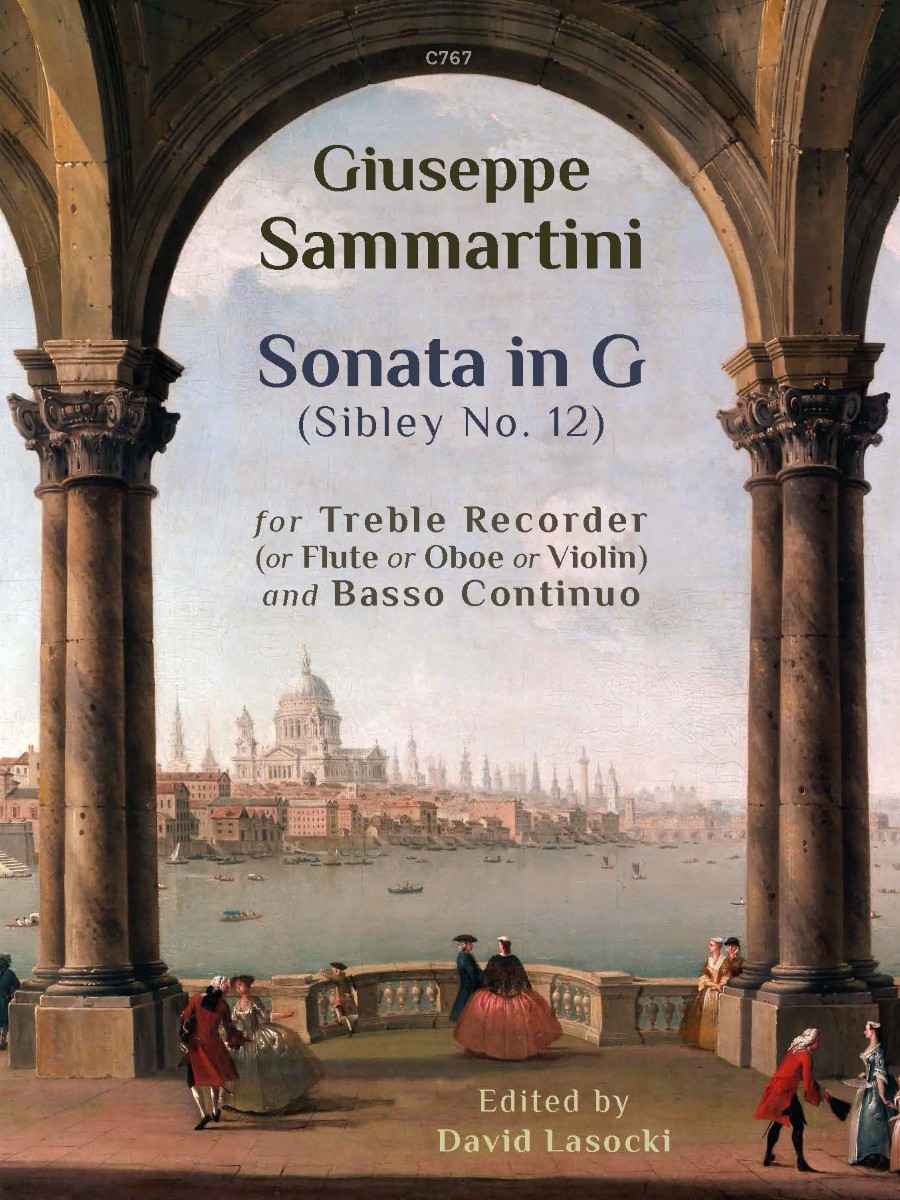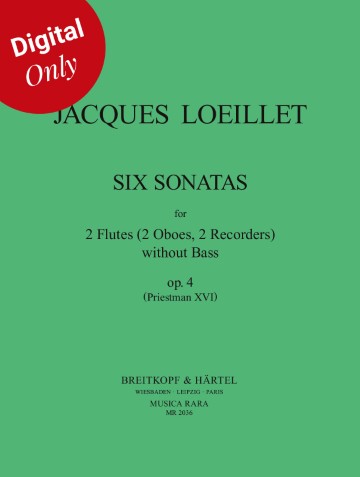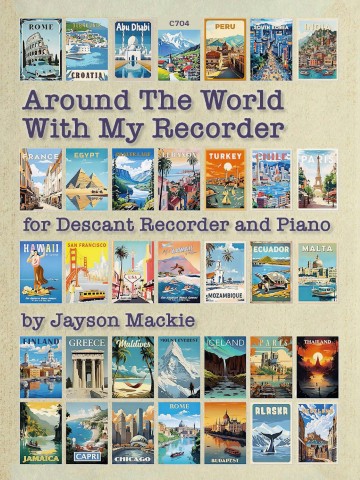Description
Giuseppe Sammartini’s Sonata in G, known as “Sibley No. 12,” is a captivating example of Baroque chamber music, composed for treble recorder or flute and …basso continuo. The nickname “Sibley No. 12” comes from the manuscript’s home—the Sibley Music Library at the University of Rochester in New York, U.S.A. This sonata reflects Sammartini’s elegant melodic style and his gift for writing idiomatically for wind instruments. It’s structured in multiple movements, typically alternating between lively allegros and expressive adagios, showcasing both technical agility and lyrical phrasing. The G major key lends a bright, pastoral character to the piece, making it a favourite among intermediate to advanced players—often graded around ABRSM Grade 7, this work is currently set on the ABRSM 7 grade syllabus. The work is part of a broader collection of Sammartini’s sonatas for solo instruments and continuo, many of which were originally published in London during the early 18th century. Though Sammartini was born in Milan, he spent much of his career in England, where his music gained popularity for its clarity, charm, and expressive depth. “Sibley No. 12” is frequently performed today, not only for its historical value but also for its musical appeal. The optional basso continuo part adds harmonic richness and rhythmic drive, allowing performers to explore Baroque ornamentation and ensemble interplay. Edited by scholars like David Lasocki, the sonata has been made accessible through modern editions that preserve its authenticity while supporting contemporary performance practice. Whether played on recorder, flute, or even violin, this sonata remains a delightful window into Sammartini’s artistry and the vibrant musical culture of the Baroque era. It’s a piece that rewards both technical precision and expressive nuance—perfect for recital programs or historical exploration. Formerly published by Nova Music as NM183.





